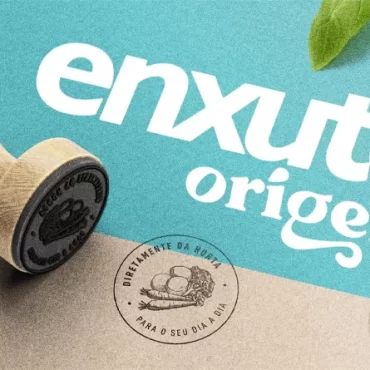Do you need an update in design?

Innovation
We know that the world has been changing very fast in recent decades. Today we are talking about digital transformation and the creation of a New Economy, and we live in a scenario known as VUCA – volatile, uncertain, complex and ambiguous. As a result, new skills are required in all areas of knowledge. And so, the answer is positive: you need a design update (and that will never end!).
Today, a term widely used to talk about this theme is lifelong learning. It brings the concept that education cannot be completed together with a technical course or a graduation, as usually happened a few years ago, since learning must accompany our entire trajectory. In this way, we increasingly need to recycle ideas and share experiences.
But how to perform a design update?
These transformations bring to the design an even more explicit scenario, in which several techniques appear at all times to keep up with the frequent updates of software and platforms. But, far beyond that, the role of design has ceased to be only aesthetic harmony and has become more strategic and functional, even approaching the areas of management in companies. It is not by chance that UX design, which thinks about the user experience, is today one of the most explored areas.
Because of that, keeping up to date on design is no longer a bonus and has become a basic requirement to position yourself in the market. But in practice, how can we do this? There is no single way to keep up with these constant conceptual and technological changes in design. And not one way more correct than another.
There is a combination of methods that works best for each designer according to their objective and their availability of time and financial resources. So, to help you understand how this happens, we have listed some study possibilities, presenting the benefits and points of attention that should be considered.
1. Formal education
These are long-term courses that follow traditional teaching models, such as postgraduate, master’s and doctoral degrees. They are indicated if you have been out of the market for a considerable time or looking to specialize in a specific area, if you want to upgrade your resume or make connections with other design professionals.
Another interesting possibility of formal education, are courses abroad. If you believe that it is time to deepen your knowledge, learn about new cultures and even improve a language, a postgraduate degree in another country can be a great option!
2. Individual courses
As formal education has a longer and more in-depth courses, colleges are not always able to keep up with design changes and adapt the traditional model to new knowledge in a fast way.
So, if you want to develop some specific skills, an individual course is the best option. Short-term experiences – such as workshops and short courses in person or at a distance – can add a lot, especially for updating technical skills.
3. Events
The events, as well as the individual short courses, offer “information pills”. Therefore, they are more suitable for you to have an overview of a particular area of design or to develop specific skills. But they have a very important difference: people.
In lectures, conferences or meetings, you are more likely to interact with other designers and exchange different experiences. That way, you learn from other people’s mistakes and successes and strengthen your networking.
4. Self-taught
In any circumstances, it is also possible to seek knowledge without the help of a teacher or lecturer, for example, thus becoming a self-taught designer. For this, it is recommended that you create a learning routine, dedicating a few hours of your day or week for this update.
Thus, you can search for content in books, magazines and articles that are a reference in design. In addition, you should follow the websites, blogs and social networks that post news, insights, research and reflections on the areas that you are most interested in. And be sure to subscribe to good publications, like #BECREATIVE, Pande’s newsletter!
To update your design, all these forms of learning can also be combined. Thus, you expand the range of knowledge and intensify the exchange of experiences. And to keep up with the freshest news in the design world, you can (and should!) Follow our social networks and visit our blog! 😉




